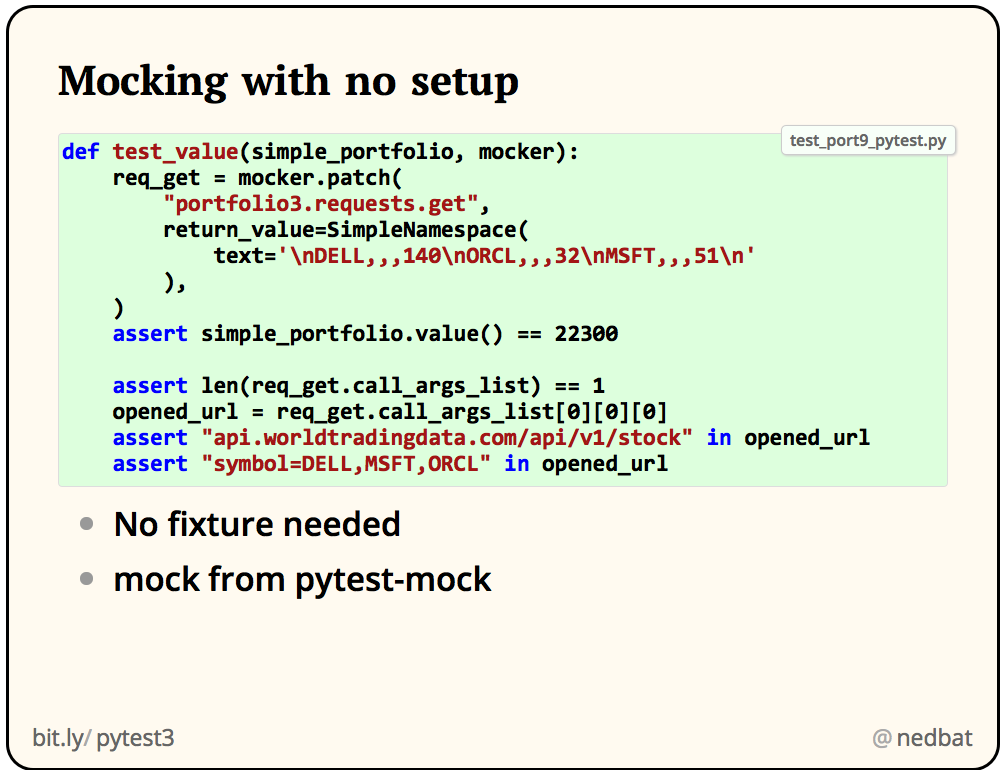Pytest Mocking

In the world of software development, testing is paramount. It ensures that our code functions as intended, guarding against bugs and errors that could potentially wreak havoc in production environments. However, testing isn’t always straightforward, especially when our code interacts with external dependencies like databases, APIs, or even other modules within our application. This is where mocking comes into play, and when it comes to Python testing, pytest mocking emerges as a powerful tool in the arsenal of developers. Let’s delve into the world of pytest mocking and explore how it can streamline your testing process.
Table of Contents
ToggleUnderstanding Mocking
Before we dive into pytest mocking specifically, let’s grasp the concept of mocking in general. Mocking is a technique used in testing to replace parts of the software system with simulated objects, called mocks. These mocks mimic the behavior of real components, allowing developers to isolate the code they’re testing and verify its interactions without relying on the actual dependencies.
pytest
A Testing Framework Reinvented: pytest is a popular testing framework in the Python ecosystem known for its simplicity, scalability, and robust features. One of its strengths lies in its extensibility and support for various types of testing, including unit, functional, and integration testing. pytest’s fixture mechanism provides a powerful way to set up and manage test dependencies, making it an ideal candidate for leveraging mocking techniques.
Mocking with pytest
pytest offers a built-in fixture called pytest-mock, which integrates seamlessly with pytest and provides functionalities for mocking. This fixture allows developers to easily create mocks, stubs, and spies within their test functions, enabling them to simulate interactions with external dependencies.
Here’s a brief overview of how pytest mocking works
Fixture Setup
To utilize pytest mocking, you need to ensure that pytest-mock is installed in your testing environment. You can install it via pip:
pip install pytest-mock
Fixture Injection
Once installed, you can utilize the mocker fixture provided by pytest-mock within your test functions. This fixture serves as the entry point for creating mocks and controlling their behavior.
Mock Creation
Using the mocker fixture, you can create mocks for external dependencies or objects within your codebase. These mocks can mimic the behavior of real objects, allowing you to define return values, side effects, and assertions on their usage.
Interaction Verification
After exercising the code under test, you can use pytest assertions to verify the interactions with the mocks. This includes assertions on method calls, argument values, and the number of invocations.
Benefits of pytest Mocking
Simplified Testing
pytest mocking simplifies the testing process by allowing developers to isolate components and focus on specific scenarios without relying on complex setups.
Faster Execution
Mocking reduces the reliance on external dependencies, leading to faster test execution times and improved overall efficiency.
Improved Test Coverage
With the ability to simulate various scenarios, pytest mocking facilitates comprehensive test coverage, ensuring that edge cases and error paths are thoroughly examined.
Conclusion
pytest mocking is a valuable technique for enhancing the effectiveness and efficiency of your Python tests. By leveraging the power of pytest alongside the pytest-mock fixture, developers can create robust and reliable test suites that validate their code’s behavior under diverse conditions. Whether you’re a seasoned pytest user or new to the framework, integrating mocking into your testing workflow can elevate the quality of your software and instill confidence in its reliability.





